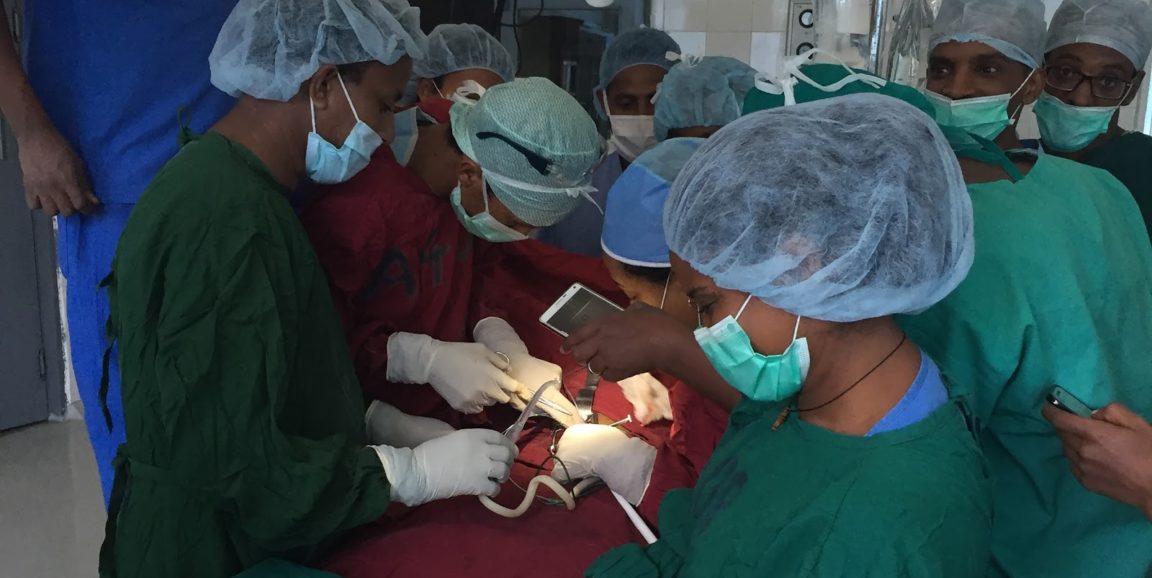For millions of people throughout the world, even the simplest surgeries can be risky due to challenging conditions like frequent power outages. In response, Stanford surgeon Thomas Weiser, MD, is part of a team from Lifebox working to develop a durable, affordable and high-quality surgical headlamp for use in low-resource settings. Lifebox is a nonprofit that aims to make surgery safer throughout the world.
The least expensive headlight in the United States costs upwards of $1,000, and most cost quite a bit more. They are very powerful and provide excellent light, but they're not fit for purpose in lower-resource settings. They are Ferraris when what we need is a Tata -- functional, but affordable.
Jared Forrester, MD, a third-year Stanford surgical resident, lived and worked in Ethiopia for the last two years. During that time, he noted that 80 percent of surgeons working in low- and middle-income countries identify poor lighting as a safety issue and nearly 20 percent report direct experience of poor-quality lighting leading to negative patient outcomes. So there is a massive need for a lighting solution.
Jared started by passing around a number of off-the-shelf medical headlights with surgeons in Ethiopia. We also asked surgeons in the U.S. and the U.K. to try them out to see how they felt and evaluate what was good and bad about them.
We performed some illumination and identification tests using pieces of meat in a shoebox with a slit cut in it to mimic a limited field of view and a deep hole. We asked surgeons to use lights at various power with the room lights off, with just the room lights on and with overhead surgical lights focused on the field. That way we could evaluate the range of light needed in settings with highly variable lighting, something that does not really exist here in the U.S.
Recreational headlights have their uses and I've seen them used for providing care -- including surgery. However, they tend to be uncomfortable during long cases and not secure on the head. Also, the light isn't uniformly bright. You can see this when you shine a recreational light on a wall: there is a halo and the center is a different brightness than the outer edge of the light. This makes distinguishing tissue planes and anatomy more difficult.
While surgeons working in these settings all express interest in having a quality headlight, there is no reliable manufacturer or distributor for them. Surgeons cannot afford expensive lights, and no one has stepped up to provide a low-cost alternative that is robust, high quality and durable. We're working to change that.
We are now evaluating a select number of headlights and engaging manufacturers in discussions about their current devices and what changes might be needed to make a final light at a price point that would be affordable to clinicians and facilities in these settings. By working through our networks and using our logistical capacity, we can connect the manufacturer with a new market that currently does not exist -- but is ready and waiting to be developed.
We believe these lights will improve the ability of surgeons to provide better, safer surgical care and also allow emergency cases to be completed at night when power fluctuations are most problematic. These lights should increase the confidence of the surgeon that the operation can be performed safely.
Photo by Jared Forrester / © Lifebox 2017




